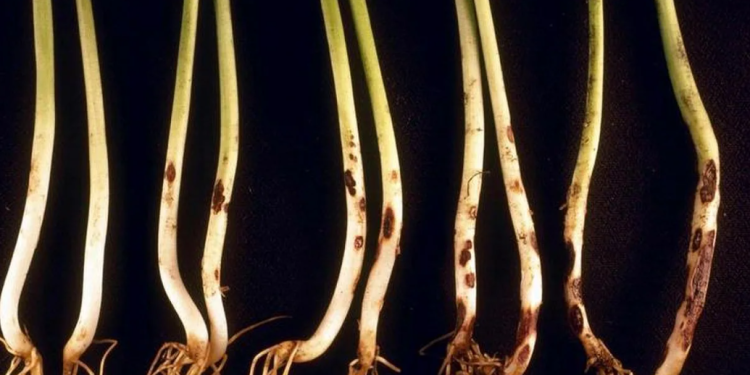#PlantDisease #CropManagement #Fungicides #Biocontrol #Agriculture
Collar rot, caused by the fungus Rhizoctonia solani, is a common and destructive plant disease affecting a wide range of crops, including vegetables, fruits, and ornamentals. It affects the collar region of the plant, causing wilting, yellowing, and eventually death. In this article, we will delve into the causes, symptoms, and consequences of collar rot and explore the various management strategies available.
The fungus R. solani thrives in warm and moist soil conditions, making it a prevalent problem in tropical and subtropical regions. It infects the plant through wounds or natural openings and colonizes the collar region, leading to the development of cankers. The cankers restrict the flow of water and nutrients, leading to the characteristic wilting and yellowing symptoms.
Collar rot can have significant consequences on crop yield and quality. It can cause stunted growth, reduced vigor, and even death, leading to economic losses for farmers. The disease can also facilitate the entry of other pathogens, leading to secondary infections and further damage.
Fortunately, there are several management strategies available to control collar rot. These include cultural practices, chemical control, and biological control. Crop rotation, soil sterilization, and sanitation practices can help reduce the inoculum levels in the soil. Fungicides can also be used to protect plants from infection, while biocontrol agents like Trichoderma spp. can help suppress the growth of R. solani.
Collar rot caused by R. solani is a prevalent and destructive plant disease that can have significant consequences on crop yield and quality. However, by understanding the causes and symptoms of the disease and employing appropriate management strategies, farmers can minimize its impact and protect their crops from damage.































